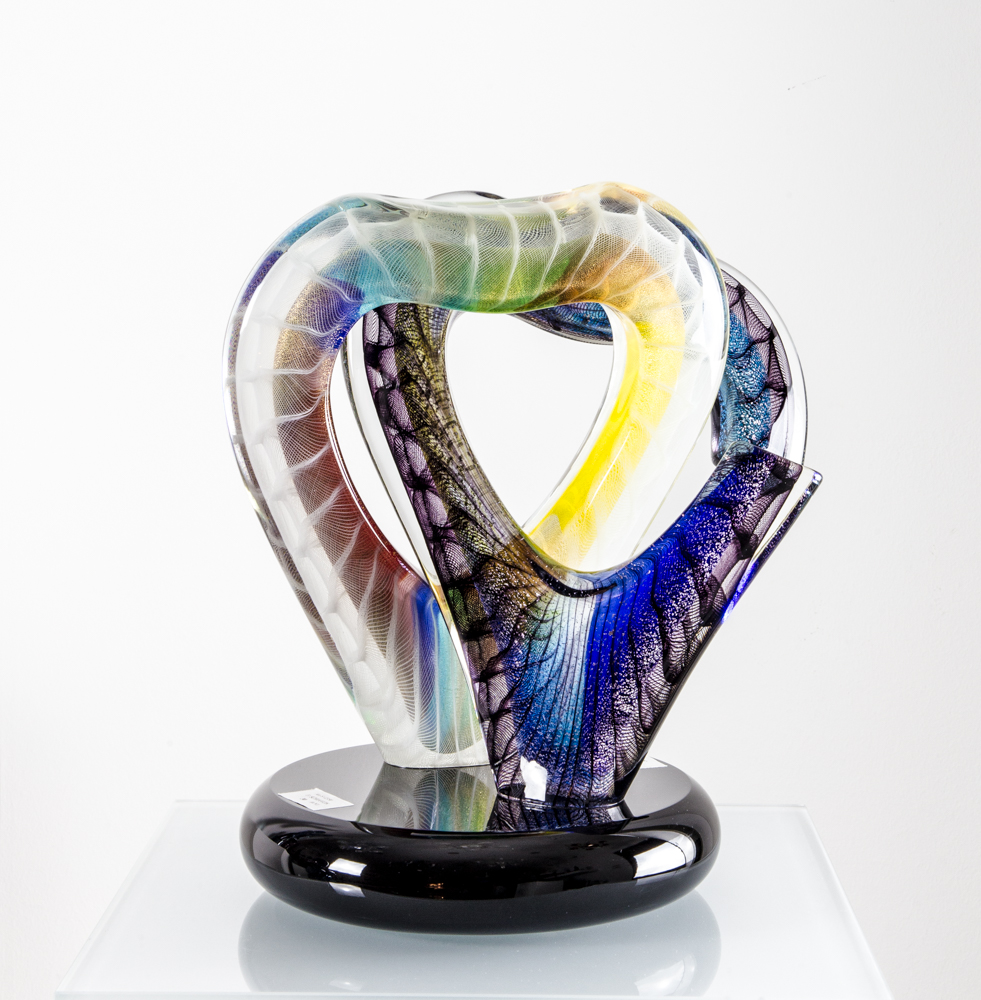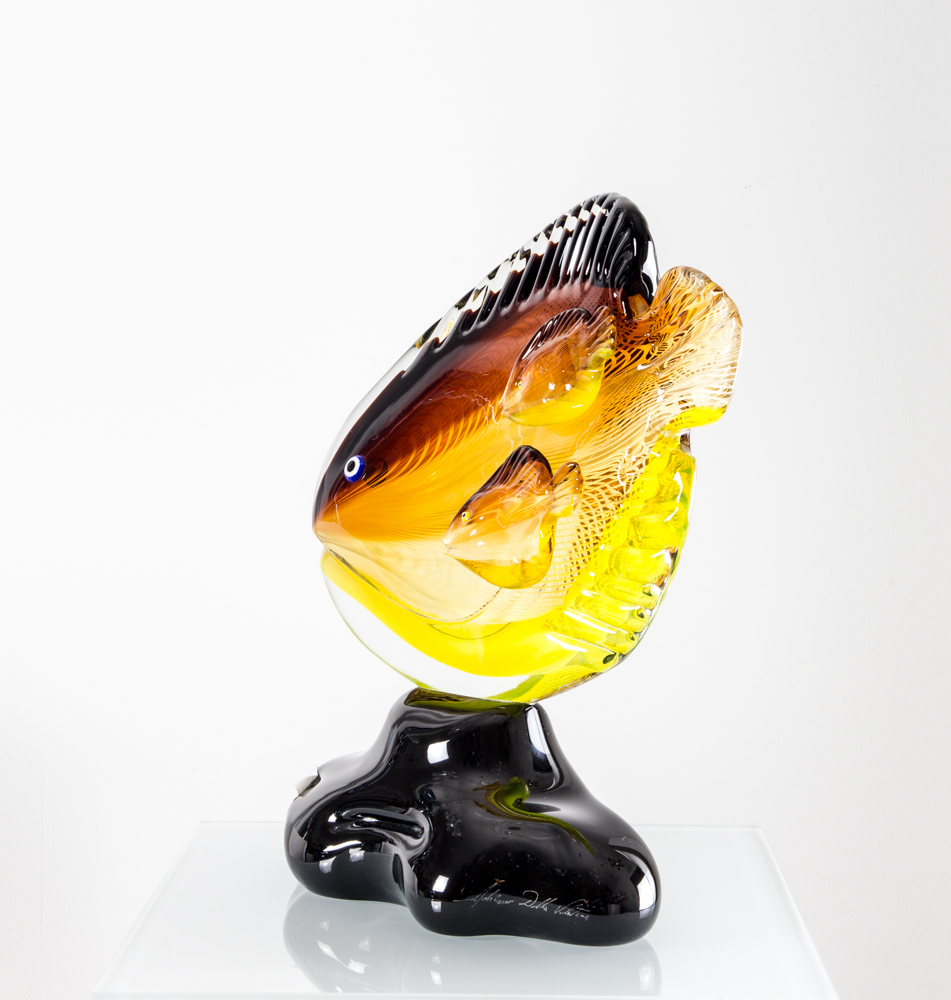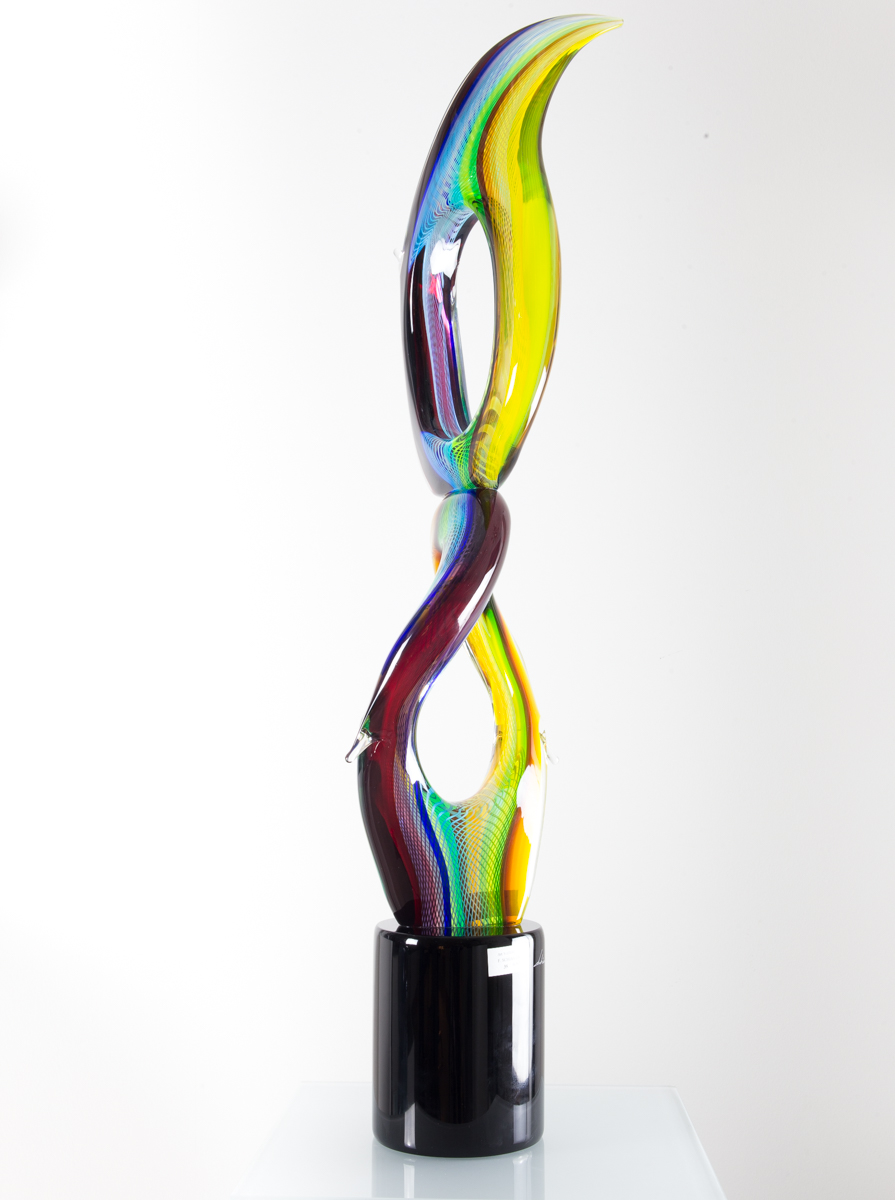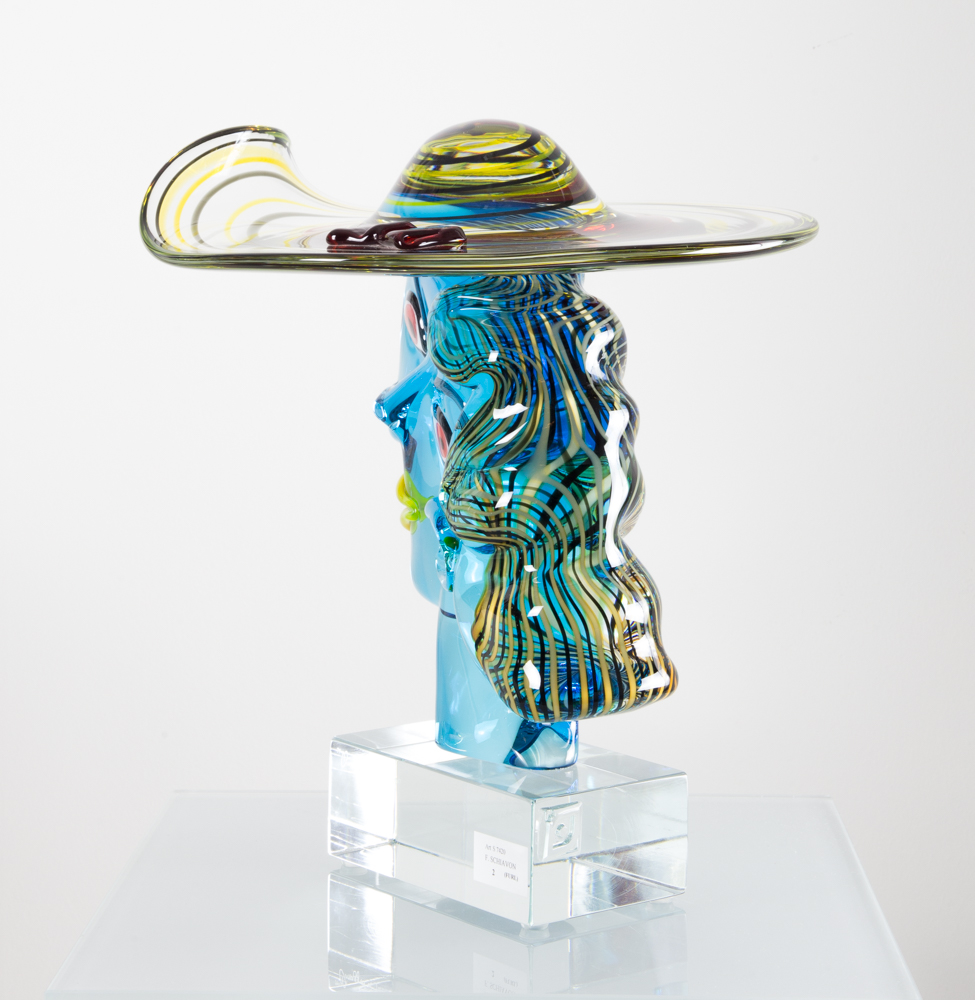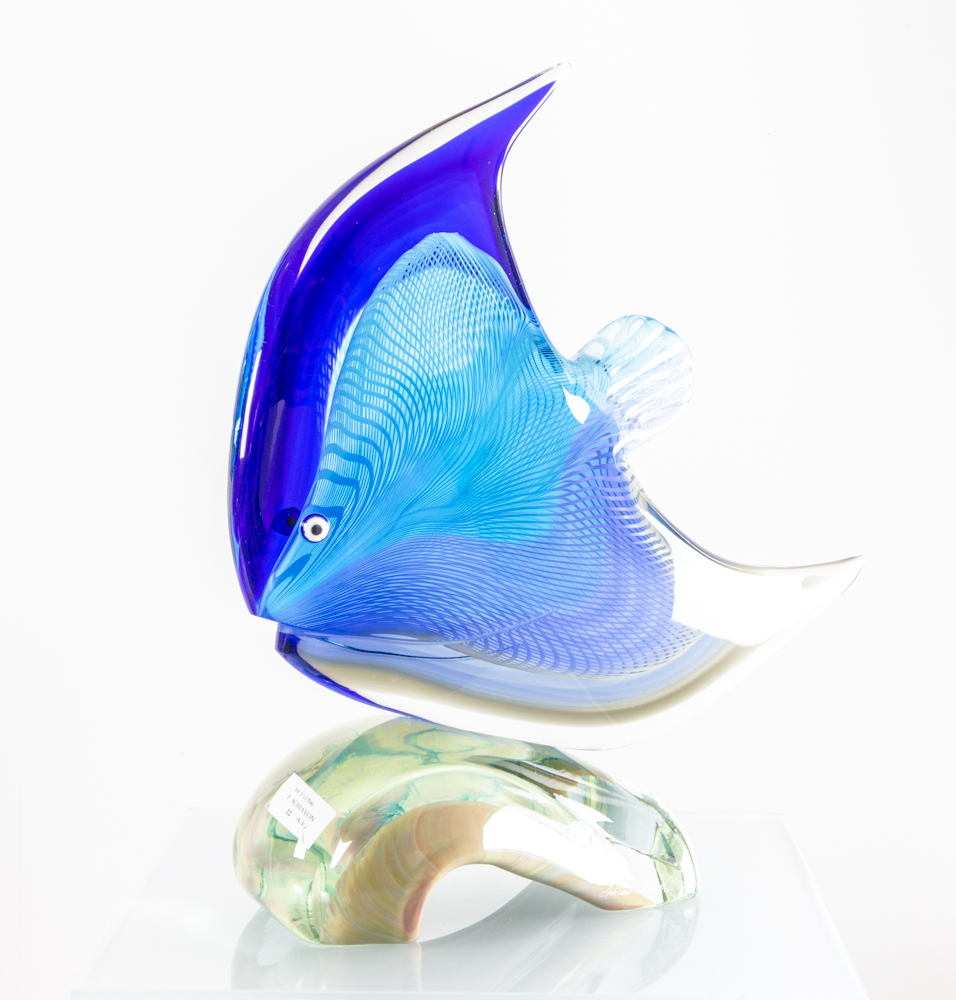Giuliano Ballarin

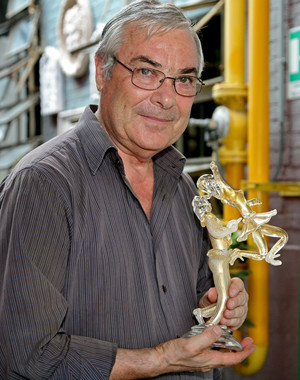 Giuliano Ballarin was born in Murano on March 15th 1942, into a family with a glass art tradition that had been handed down from generation to generation since 1483. He approached the world of glass at a very early age, showing a marked capacity for learning sustained by a quick intelligence and lively curiosity.
Giuliano Ballarin was born in Murano on March 15th 1942, into a family with a glass art tradition that had been handed down from generation to generation since 1483. He approached the world of glass at a very early age, showing a marked capacity for learning sustained by a quick intelligence and lively curiosity.
These characteristics, combined with his remarkable artistic sensitivity, allowed him to rapidly assimilate the techniques and secrets of the best master glass makers of the time, such as Carrara Albino, Martinuzzi Francesco and Carlo Tosi ‘Caramea’. Upon achieving artistic independence, he opened his own glass works in 1973 where, successfully combining new and ancient techniques, and driven by the desire to excel, he developed increasingly refined models and forms, which have earned worldwide appreciation.
They have been shown in many art exhibitions, including the international “Aperto Vetro” exhibition held in Venice in the Museo Correr in 1996, the exhibition “Una cometa di vetro” that displayed Nativities by the great glassmasters of Murano, and the exhibition “Museo dell’Arte veneziana” in Otaru on the island of Hokkaido in Japan. Maestro Giuliano Ballarin also took part in the competition “design a piece of glass” in 1997 and 1998, and personally created the works entitled “i mori”, shown by artist Fred Wilson at the Biennale di Venezia in 2003. In 1989, with his son Roberto, he founded his own glassworks, Vetreria Artistica Ballarin, and since then has worked and taught his young son the difficult art of Murano glass.
Maestro Ballarin is especially talented in the production of artistic glass sculptures, decorative objects in a classical or contemporary style, bowls, drinking glasses, plates, bottles, candlesticks, vases and goblets; all works of the finest quality shown in the top showrooms around the world, and executed with remarkable skill, using the traditional artistic techniques of Murano, such as reticello (a type of filigrana), retortoli (also known as zanfirico) and mezza-filigrana.




